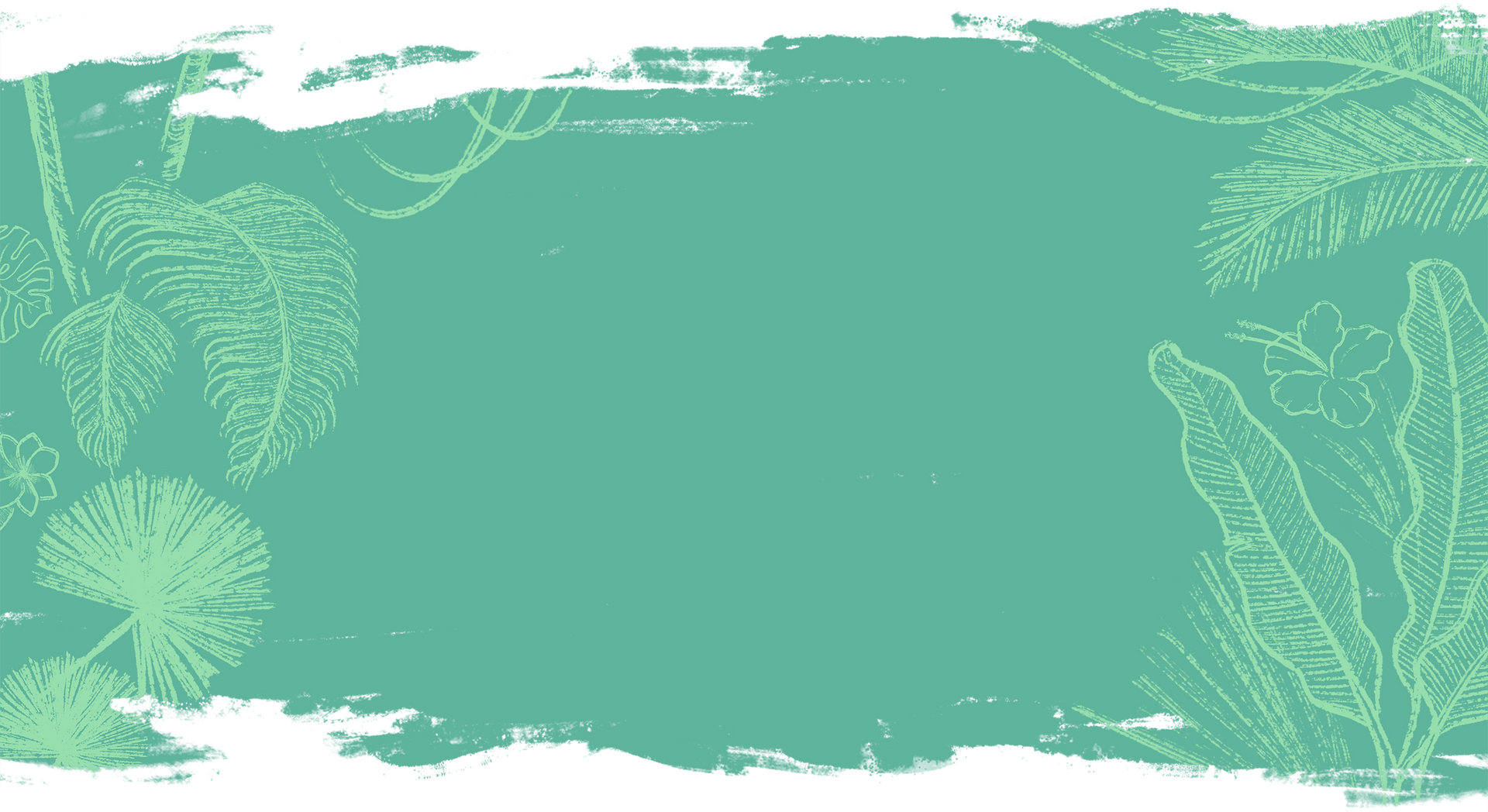
PROJECT FLORA

MALUNGGAY
Moringa oleifera
WHAT IS MALUNGGAY?
-
Malunggay (scientific name: Moringa oleifera) which belongs to the Moringaceae family, is classified as a tropical plant that can reach a height of 9 meters. This tree is found growing in the Philippines, India and Africa. The most prized part of this tropical tree are the Malunggay pods, which contain essential oils, vitamins and nutrients. The Malunggay pods are very long, have a green to brown outer skin and contain small seeds that are winged and angled. The malunggay flowers are white fragrances that produce the pods, which are also used for medicinal purposes.
-
The plant is easily accessible as it can be found not only as part of the wild life, but also in the backyards of many Filipino homes. Malunggay proves to be a low-maintenance plant to grow, and is able to propagate in almost all kinds of soil. Most of the parts of the malunggay had been proven to be useful, both for consumption and for its preparation as a medicinal plant. Its flowers, leaves and young pods are associated and perceived to be important because of the health benefits that it provides.

HEALTH BENEFITS

-
Malunggay has many important vitamins and minerals. It also has calcium, protein, iron, and amino acids, which help your body heal and build muscle. It's also packed with antioxidants, substances that can protect cells from damage and may boost your immune system. There's some evidence that some of these antioxidants can also lower blood pressure and reduce fat in the blood and body. It also has antifungal, antiviral, antidepressant, and anti-inflammatory properties.
-
In January 2020, Health Secretary Francisco Duque III recommended drinking malunggay tea to boost the immune system, but he did not say that it is a cure for the disease. He also encouraged everyone to practice good personal hygiene and adopt a healthy lifestyle as a preventive measure against the disease.
WARNINGS AND PRECAUTIONS
-
Pregnancy: It is possibly safe to use moringa leaves in pregnancy during the second trimester. But it's possibly unsafe to use the root, bark, or flowers of moringa when pregnant. Chemicals in the root, bark, and flowers might make the uterus contract. In traditional medicine, the root and bark were used to cause miscarriages. There isn't enough reliable information to know if other parts of moringa are safe to use when pregnant. Stay on the safe side and avoid use.
-
Breast-feeding: Moringa leaf is possibly safe to use while breastfeeding for up to 4 months. There isn't enough reliable information to know if other parts of moringa are safe to use when breast-feeding. Stay on the safe side and avoid use.
-
Children: Moringa leaf is POSSIBLY SAFE when taken by mouth, short-term. Moringa leaf has been used with apparent safety in children for up to 2 months.
-
Hypothyroidism: Using moringa might make this condition worse.